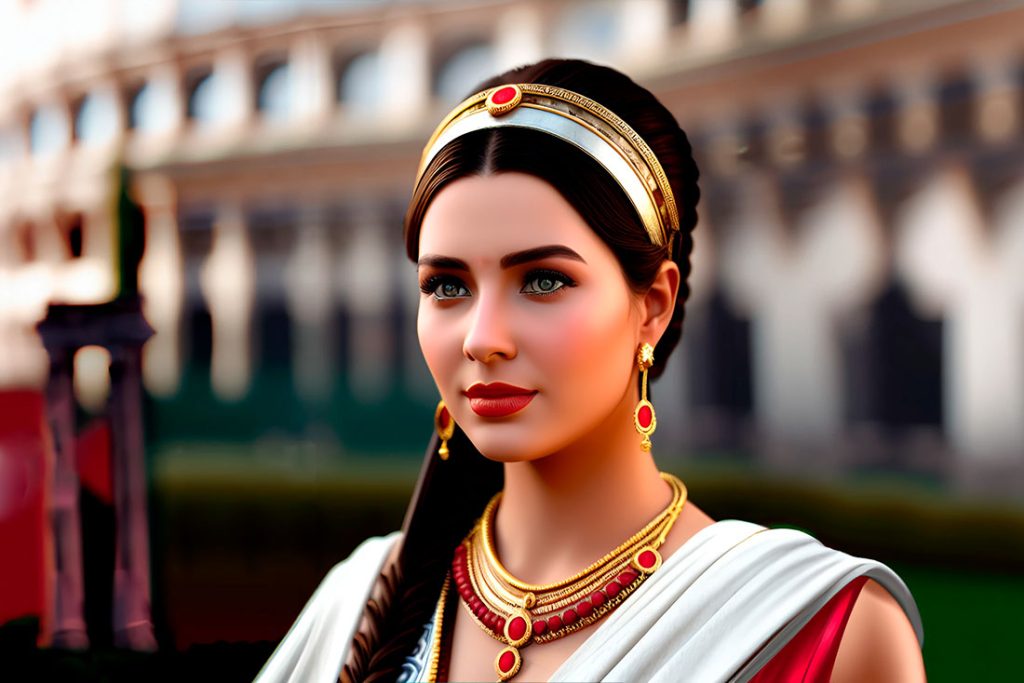Roman Contributions to Cosmetology: Fragrances, Cosmetics, and Hairstyles
This comprehensive article delves into the significant contributions of ancient Romans to the field of cosmetology. It details how Roman women widely used fragrances and cosmetics, such as facials made from milk and bread or fine wine, and a mixture of chalk and white lead for achieving a desirable pale complexion. The article also outlines how hair color was used as a social class indicator in Roman society, with noblewomen favoring red, middle-class women opting for blonde, and poor women dyeing their hair black. It further discusses the enduring influence of Roman men’s hairstyling, exemplified by the Caesar cut, a hairstyle named after and popularized by Julius Caesar to conceal his thinning hair. The article concludes by acknowledging the lasting impact of these Roman beauty practices on modern cosmetology.

Fragrances, Cosmetics, and Hairstyles
As we explore the history of cosmetology, we find that the ancient Romans, like their Greek predecessors, greatly influenced the development of beauty practices. Roman women, in particular, embraced the use of fragrances and cosmetics and developed distinctive hairstyles that often indicated social status. These practices added to the rich tapestry of beauty traditions in the ancient world and continue to resonate in modern cosmetology.
Fragrances and Cosmetics in Roman Society
Roman women had a lavish approach to personal grooming and beautification. They valued fragrances and made extensive use of various cosmetics. Facials made of milk and bread or fine wine were popular treatments that highlighted the Romans’ inventive approach to skincare. They also used a mixture of chalk and white lead as a facial cosmetic, aiming for a pale complexion that was highly sought after, much like in ancient Greece.
Haircolor as a Class Indicator
In ancient Rome, hair color was not just a matter of personal preference—it was also a clear indicator of class. The societal hierarchy was reflected in the hair colors preferred by women of different classes. Noblewomen often tinted their hair red, middle-class women colored their hair blonde, and poor women dyed their hair black. This practice illustrates how beauty trends and social status were intertwined in Roman society.
Roman Hairstyles: The Caesar Cut
Roman men also contributed to the evolution of hairstyling. One of the most famous Roman hairstyles for men was the Caesar cut, named after its creator, Julius Caesar. As a way to mask his thinning hair, Caesar combed his sparse strands forward over the crown of his head to just below his hairline. This practical yet stylish cut has endured the test of time and remains a popular choice for men today.
Conclusion
The ancient Romans left a significant mark on the field of cosmetology through their innovative use of fragrances, cosmetics, and hairstyles. Their beauty practices, from skincare routines to hair coloring and styling, were deeply integrated into their societal norms and hierarchy. These contributions from Roman society continue to inspire and influence modern beauty practices, reminding us of the enduring legacy of our ancient past in shaping our present aesthetics.






